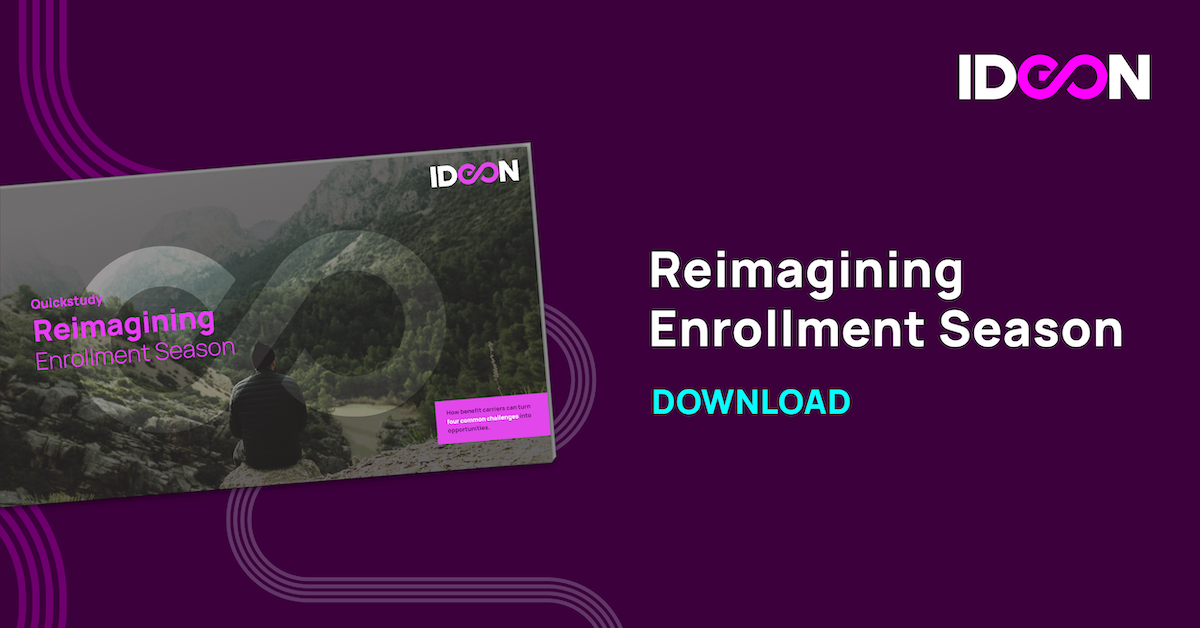At Ideon, we’re proud to have such a talented, diverse team leading the charge for a better and more connected health insurance and employee benefits industry. Our ongoing Employee Spotlight series showcases the people behind our product and unveils what life is like at Ideon. Next up… Colin Crihfield, Product Manager.
Name: Colin Crihfield
Department: Product
Title: Product Manager
Location: New York
Work
How long have you worked at Ideon?
Seven months. I started in July of 2021.
What do you enjoy most about Ideon’s company culture?
There’s a genuinely positive atmosphere at the company. We work hard but we also have fun, which goes a long way in brightening up meetings, especially in a primarily remote working environment.
What is the best part about your job?
The collaboration across teams and willingness to help each other out is fantastic. The learning process at Ideon is endless because of the complexities inherent to our industry and our products. But I feel incredibly lucky to learn from great people every single day.
Tell us about your day-to-day on the product team?
My favorite part of product management is that no two days are the same. My days are a mix of creating innovative products and features for our customers and new internal tooling for our operations team. I also have the privilege of working with Ideon’s marketing, sales, and engineering teams to research, plan, develop, test, launch, and enhance our products.
What attracted you to Ideon’s mission?
I was drawn to Ideon for two reasons. First, the problem we’re solving is incredibly important: people need more choice, transparency, and information to make better decisions about their health insurance and benefits. Second, I wanted an opportunity to work on innovative products. We’re building API infrastructure that has never existed in our industry.
What do you find interesting about managing Ideon’s quoting and decision support (QDS) products?
Over the last five years, the team has done an amazing job establishing our QDS products as the industry leader. Still, there are avenues for us to improve and expand these products. It’s really exciting to face this challenge head-on, through creative problem-solving and analytical thinking.
Life
Favorite activity when you’re not working?
I love to cook, but recently that has been trumped by the addition of a new furry friend to our family. Now going to the Madison Square dog park is at the top of my list.
Favorite place you’ve traveled?
Vermont. Not the most exotic, but dirt roads, trees, and fresh air are such a welcome change from my home in NYC.
Interesting fact about yourself…. Go!
Since high school, my claim to fame has been being able to dunk a basketball. I try it out every few months to make sure I can still do it so I’m still clinging to that!
Interested in joining our team? Check out Ideon’s careers page.









